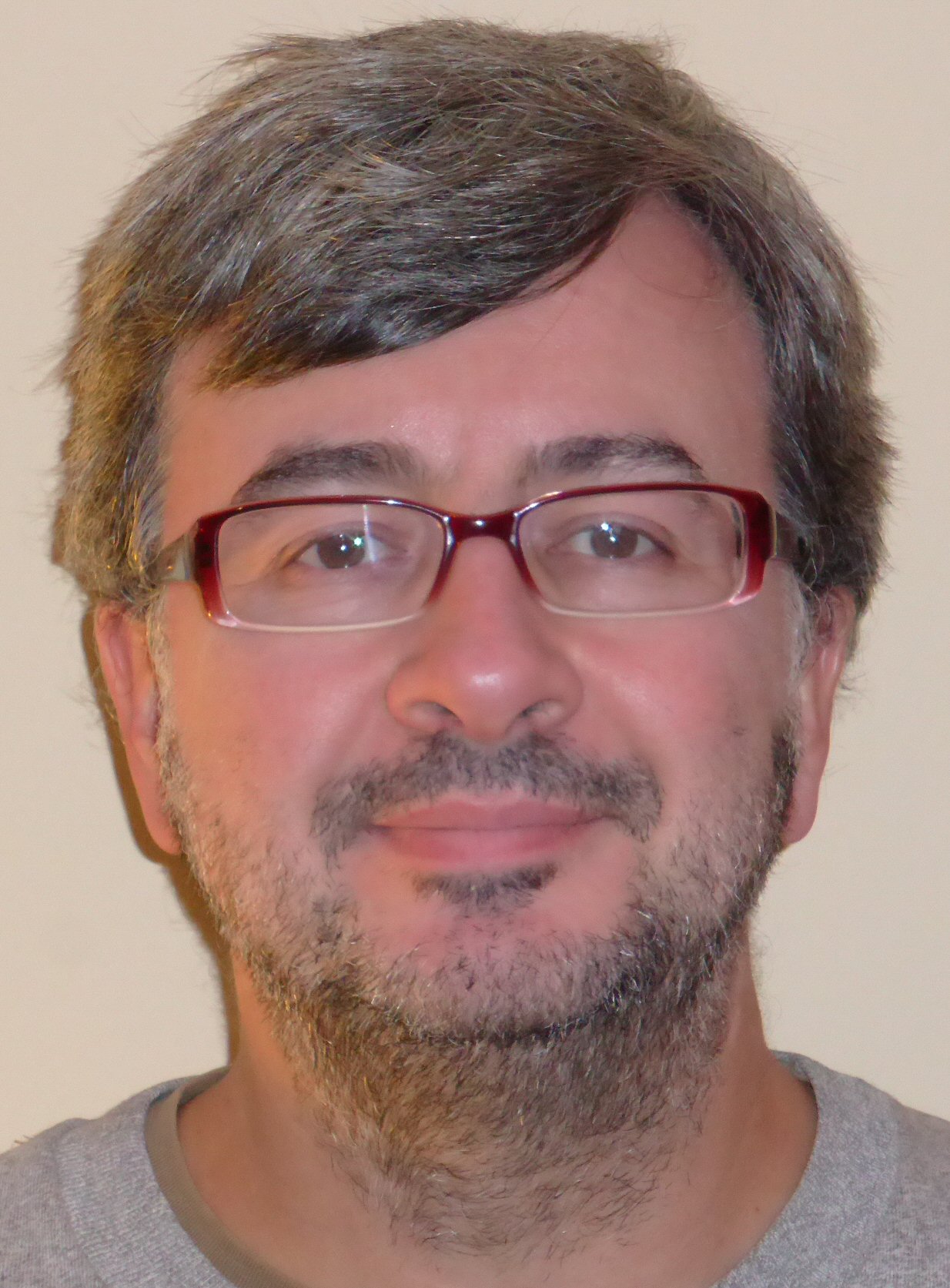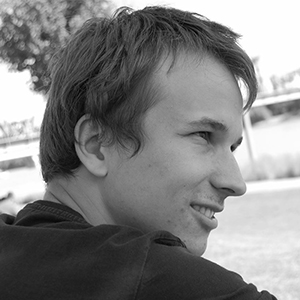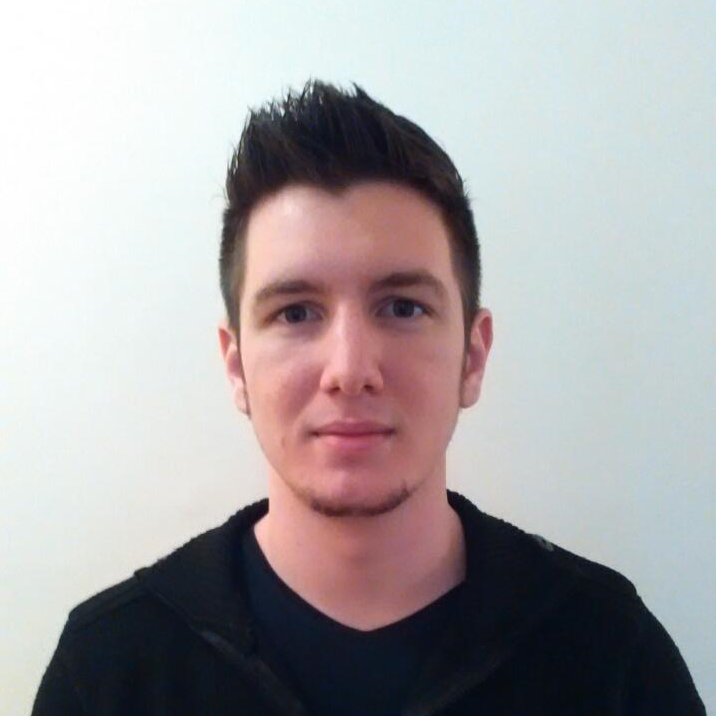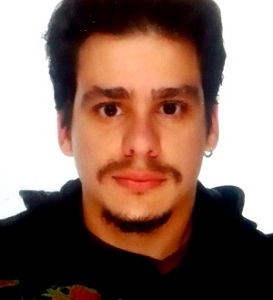Microwave Sintering
Felipe Penaranda Foix
Description
Keywords: Microwave technology; Sintering; Microwave heating
H2020 challenge: Climate action, environment, resource efficiency and raw materials
Knowledge and skills (P: prerequisite; D: desirable, but not necessary): to have taken courses in microwave theory (P); to have taken courses in electromagnetics (P); to be able to summarize all technical information about the topic in a document with the minimum number of formulae and more description and basics for non-familiar people on microwave technology (D).
Active applicators, including tuning devices and automatic control (PID) to control the sintering process, will permit to control the speed of sintering to avoid problems like sample-breaks. All these possibilities give to microwave energy the possibility of create new materials for innovative and added value applications. The Case Study will consist of:
- Searching for bibliography that describes the benefits of the microwave energy;
- Summarizing different applications of microwave energy, with focus on its use for communication;
- Analysing security aspects of microwave radiation;
- Describing, based on references, the latest trends of the microwave energy in the field of new materials with new added values.
Five INNOSOC students, supervised by two INNOSOC lecturers, will collaborate on answering how novel materials with new and improved physical properties can be sintered. These activities will be conducted as a part of the ERASMUS+ blended mobility and will be finalized during INNOSOC Zagreb 2016 workshop in late April 2016.
With this in mind, is quite clear that, apart from the traditional ways to sinter materials, new procedures are needed that can reduce the energy used to create it or to improve the mechanical properties acquired by traditional methods. This is where microwave technology can help.
First, it is clear that this Case Study implies an innovation because not only it covers one of the H2020 main objectives but it is also using new technologies (like microwave heating) to design novel materials improving current properties as an alternative to the classical methods based, typically, on big ovens heated by traditional methods.
Multiculturalism is covered by the design of the working groups and a big number of partners participating in the INNOSOC project, coming from 11 universities from 8 different European countries, including former East and West countries that provides even more multiculturalism to the project.
Third, ICT is covered due to the proposed technology – microwave technology – that represents the basic technology for lots of ICT projects. While microwave technology is usually connected with spectrum used for communications other applications as the one proposed here are possible as well (more than 60 years ago the first microwave oven appeared).
And, finally, the student project is covered by this Case Study itself.
Questions that need answers
- What does microwave technology mean for you?
- What are the traditional uses of microwave technology?
- What is the history of the microwave heating?
- What are the main uses of microwave ovens (microwave heating engineering)?
- Which are new applications of microwave technology (including drying food)?
- What are new sintered materials developed by microwave energy?
- What are new and advanced properties obtained with this technology?
Case study supervisors

Felipe Penaranda Foix
Steering Committee Member, UPV Team Leader, Lecturer
Case study students

Antoniy Dimitrov
INNOSOC 2016 Student

Martin Drozdík
INNOSOC Student 2016

Máté Varga
INNOSOC 2016 Student











